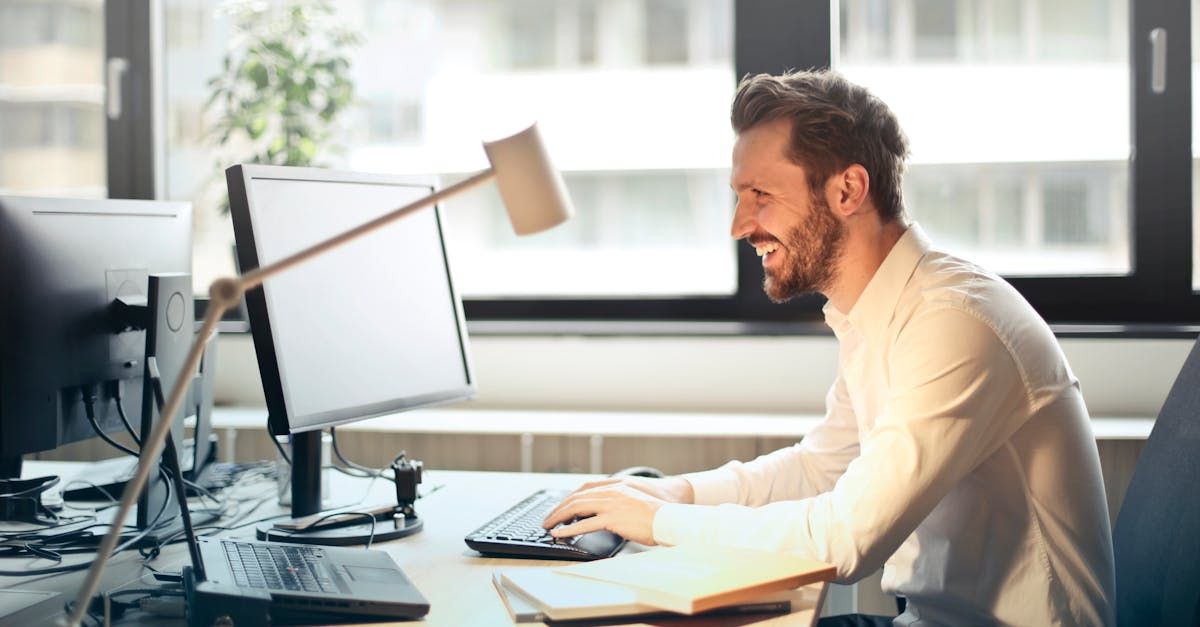How to Maintain Google Rankings When Launching a New Website
Editor note: This article has been updated to provide more in-depth information and accuracy as of 2018
How to Maintain Google Rankings When Launching a New Website
Having your website redesigned is exciting. After a long process, back and forth development and dedication, your new website is ready to be shown to the world.
At this point, the sudden realisation that you are in fact replacing your existing websites dawns on you. Are you going to lose your ranking position?
Many website owners have concerns when launching a new website. Ranking position is the biggest one we get asked.
The answer to this question can never be a guaranteed yes or no. That being said, it should never be left to chance. There are many steps that can be taken to ensure that there is little to no negative impact. At the same time, taking these actions can have a potential positive impact.
Don't develop on the live website
When we build new SilverStripe or Magento websites, we build them on our development servers first.
Why do we do this?
The development process can lead to the website looking distorted, broken in some places and unfinished. This should not come as a shock after all the website is in development.
Building on a separate domain allows you to avoid any potential negative implications that this process could bring to a brand and domain. For instance, we have our development domains set to 'no follow'. Meaning these domains won't be picked up and indexed by Google by default.
This protects the brands and businesses that we work when creating a new website. It also allows us to work through each needed area of the website during development without the lingering fear that we may have impacted the live website in some way.
Another method would be to simply disable the main website whilst changes are being made. Depending on the scope of work involved, this could be a solution.
Understand though, that your normal customers will become distressed and will likely try and contact you whilst the 'problem' persists.
Sometimes, a holding page can be put up in place of the website. This is normally used when the client wishes not to show the old website anymore and instead wants to inform their users that a new website is coming. In place of the normal content, contact information will be present.
Use 301 Redirects
If you are going to be altering your URL structures or sub pages, you will need to put 301 redirects in place. 301's inform search engines that the URL has changed.
301's ensure that bookmarked or cached pages actually send the user to the same (or relevant) page.
Failure to include 301's can have detrimental effects on rankings, especially if you do not add them for your main pages. Without 301's, search engines will treat your redesigned website as a brand new website.
You will want to redirect your old pages to their new counterparts. If you have chosen to omit a page that was recently published, you will need to try and redirect that page so something similar or relevant.
Many businesses opt to redirect pre-existing web pages to the homepage. Whilst this ensures the links work, it is terrible for user experience.
Whilst 301's might take a while to complete, depending on your CMS of choice (it's actually really easy to do in SilverStripe), you will need to do them nonetheless if you hope to keep your positioning.
This then leads to the next important point...
Ensure You Have a Branded, Useful 404 Page
A 404 page is where the user will end up if the page they are looking for does not exist. Sometimes, if no relevant content is available, a 404 is put in place rather than a 301.
This can also occur if a link isn't working or there is a button that has been incorrectly linked.
We have seen many 404 pages that simply say '404 page not found' on a white background. Whilst this informs the user what the problem was, it does nothing to solve it.
The worst thing you can do on a 404 page is to remove the navigation and site branding. Without this, some users may think they have gone to a different site. It also makes it much more painstaking to return to the page you were once on.
With the navigation included, the user can quickly find the page that they want and go back. Sometimes a search box or page structure can help users find what they were looking for.

Maintain Important Pages and Content
More often than not, the core pages of the website are the ones that rank for multiple search terms. As such, you can consider these your 'important' pages.
Altering these pages dramatically can have a negative impact on your rankings.
Why? Because you are removing your most viewed pages in substitute for new ones.
Whilst it might make sense for the re-branding to remove said pages, you will need to rank again for the newer pages if search engines find that the content is completely different.
For instance, your web page on 'SilverStripe developer' has been live for 3 years and has 1100 words and 3 optimised images on. Yet, you are going to replace it with 'WordPress developer' that has 200 words and no images.
The content is completely different and targets a completely different audience, thus, 301 redirecting the old page to the new page does not make logical sense.
Whilst this may have been an extreme example, it highlights the point that you want to ensure your main pages do not deviate drastically from the old ones.
Carry Any News or Article Pages Over
Following on from the above, you should carry over any content you can. Especially if you have a large number of articles or news postings.
Articles can rank independently, for some businesses the vast majority of their traffic comes from these articles. If that is the case, why opt to start fresh for your new website?
It might take a bit of additional work to ensure that each article carried over correctly; sometimes images do not carry over if the upload URL path differs. In the grand scheme of things, this additional time is more efficient and effective for your business than losing thousands of traffic a month.
Depending on how the old website was built, it may be possible to move all the articles across in bulk, saving the developers more time and providing you with your ranking gold mine.
Do Everything in Your Power to Alter Back Links
If you have an SEO company, they will have likely spoken to you about your backlinks . These are links from external sources that are linking to your content.
Link building was once considered one of the ranking strategies that had the most impact. This can be through partner links, affiliate links, article share links and so on.
For some businesses that focus heavily on producing content, backlinks are their bread and butter. Thus, it's understandable that they would be concerned about the potential of them losing said backlinks.
If you are able to consult with those who have linked to your content, you will be able to provide a new link to which they can use as a replacement. This ensures that your referral traffic is going to the right place.
Alternatively, if this isn't possible, ensure that you have relevant 301's in place to act as redirects for these links. If you aren't able to directly change the link yourself, this is the next best option.
Pre-Launch Checks
At Devmac, we run a testing procedure for a reason. Everything might look great on the website, but if the functionality isn't working, then it's just a design.
Here we test links, browser compatibility, content structure and design. Both on desktop and mobile to ensure nothing goes live that isn't working.
As a client, you also need to run these tests yourself. A link may be working when we test it but it might be the wrong link and you wanted something different.
If the website goes live without something working, it could hinder search engines ability to crawl the website and thus, some pages may not be ranked. Not to mention it will have a negative impact on user experience.
Furthermore, you need to do the same once the site is live. Depending on where the site is being hosted, there may be problems that become apparent as a result.
When we upload new sites to our hosting, we check through and ensure that nothing has changed. We understand our hosting platform and it's requirements, thus, we can be sure that nothing out of the ordinary will occur.
This cannot be said for some hosting platforms, especially if the server the site is going to be hosted on isn't the best it can be.
Post Launch Checks
As mentioned above, we run additional testing once the site has been made live. There are additional checks that clients should make to ensure everything is running as intended.
Speed and Mobile Friendly Checker
Running a basic site load speed test will allow you to gauge how well the new web page is performing in terms of speed. You can also use Google's mobile-friendly checker to see whether it returns any issues with the redesign.
Sometimes, the imagery used can affect site load speed. If you have decided to upload your own images to the site once its made live, and they aren't optimised, they can be too large and affect the load speed.
Being mobile friendly is less of a concern after a redesign. The reason being is that mobile first has become a primary practice of web developers since the rise of mobile usage. At least that is the case for us.
If you have had your website developed independently or through a less known freelancer, it could be important to check whether or not there has been a negative impact on the mobile version.
Website Security
Unless identified before, your site will load on Http://. Google has recently implemented additional web page security measures to identify and inform users when they are on a vulnerable website.
Whilst failing to run on Https:// may not necessarily impact search results, Google clearly favours those that do.
It will also have a negative perception of your brand which could result in increased bounce and exit rates.
You can use a CDN like Cloud Flare to act as an SSL. Content delivery networks also increase load speed which could further aid your ranking ability.
If you're worried about the state of your current website or the potential for you to lose SEO rankings, contact us on 01332 477575 and talk to us about your concerns.






